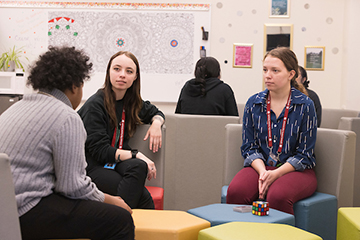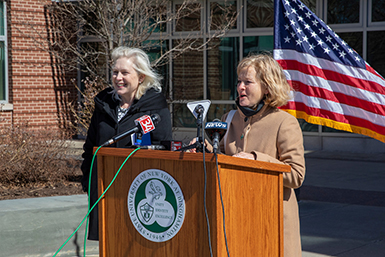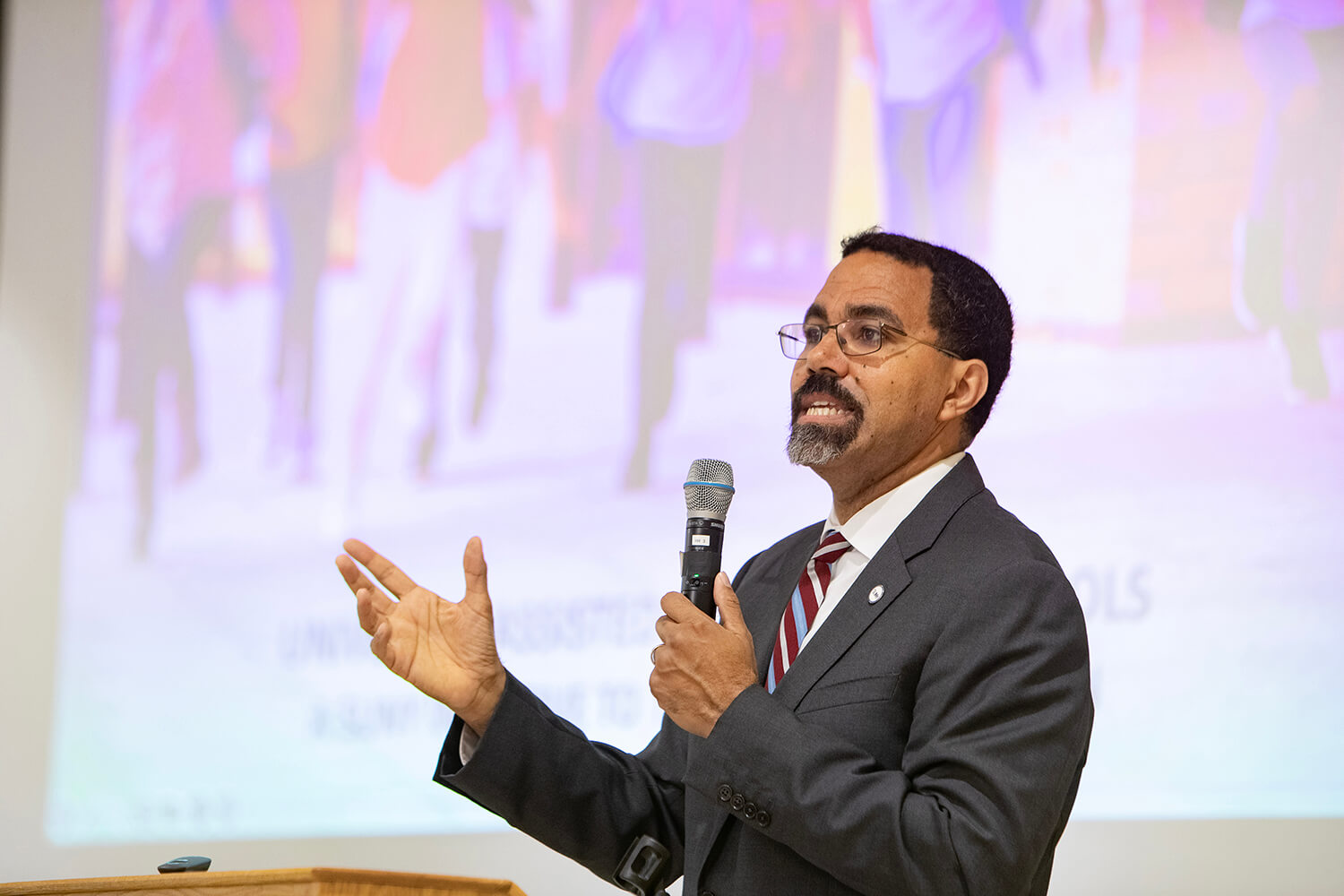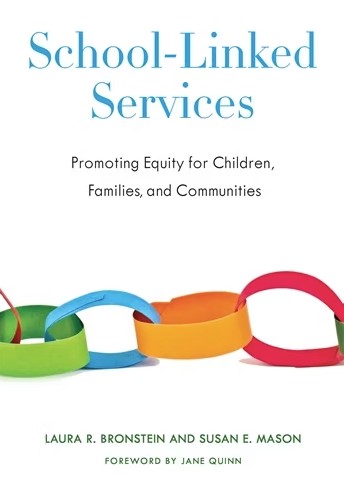What Are Community Schools?
Community Schools build bridges between community resources, placing the school at the core of the community to support youth, families and neighborhoods within and beyond the classroom doors. Through integrating community resources, community schools combat intergenerational poverty and create a more equitable school environment, leading to increased student success and stronger communities.
Learn more about Community Schools.
The University-Assisted Community School (UACS) model partners universities alongside community resources and the school system,
focusing on academics, social support and civic engagement.
Learn more about the University Assisted Community School National Network.
Our Mission
To advance equity and opportunities through collaborative partnerships.
Binghamton hosts 2024 UACS conference in June
The University-Assisted Community Schools conference brought together educators from across the state to facilitate a SUNY-led implementation of the UACS model statewide. SUNY Chancellor John B. King Jr. (above) helped make the case for why SUNY is uniquely poised to lead this effort >
Making an impact

In 2023, Binghamton University Community Schools received $9.3 million in federal funding to train school-based mental health professionals. This will allow us to put more social work students in local schools, expanding critical mental health services.
Sen. Gillibrand offers support for Community Schools

In 2021, U.S. Sen. Kristin Gillibrand visited the University Downtown Center to support legislation to expand community school funding for high-quality teaching, enriched learning opportunities, mentoring and support services, and access to mental and health care. Gillibrand was a co-sponsor of the Full-Service Community School Expansion Act of 2023, which delivered more than $3.6 billion to expand community schools serving low-income students, including rural communities.
FEATURED BOOK
School-Linked Services
Promoting Equity for Children, Families, and Communities
Laura R. Bronstein and Susan E. Mason. Foreword by Jane Quinn

